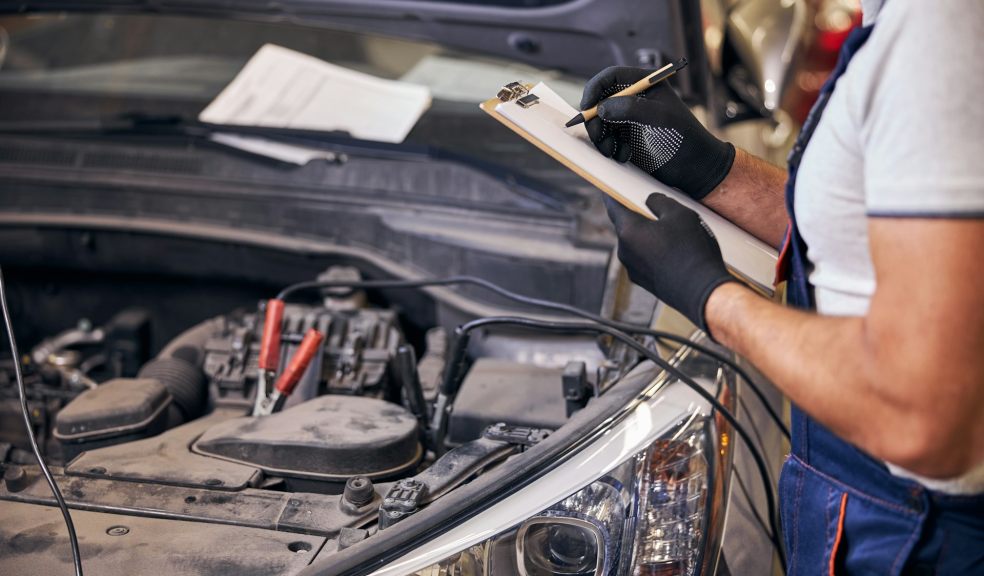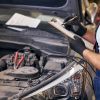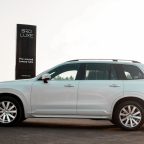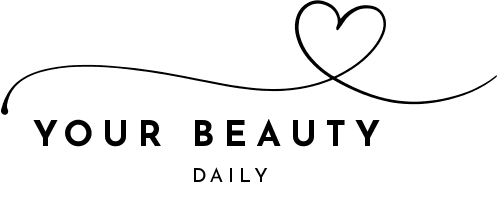
Hidden Costs of Buying a Used Car
Second-hand. It’s an excellent opportunity for car-buying for a wide range of reasons. As such, rather than always buying new, many of us opt for a used vehicle instead. However, while there are many awesome benefits of this strategy, it also comes with unique risks. Being aware of these is crucial to help you make the right choice for your next car purchase, too.
Important Factors to Check When Buying a Second-Hand Car
Purchasing a used car isn’t a two minute decision. Indeed, while we all like to hope that our chosen cars will be legit, this isn’t always the case. And, as the old saying goes: if it seems too good to be true, it probably is.
To this end, if you’re thinking of going down the second-hand route, always do your due diligence; that applies both to glaring external faults and more subtle factors that often get overlooked. And remember, used cars often don’t have warranties, and they may need repair work. The following are just some of the most common hidden costs you could incur with second-hand.
Look at the Brakes!
One of the biggest early costs many people will have with a used car relates to the brakes. Indeed, brake parts can wear out quickly - but it’s not uncommon for these to simply be minor advisory issues on an MOT. Unfortunately, this means you’ll have to foot the bill when they eventually become serious. And, since these repairs and replacements can often cost hundreds, it’s easy to see how this cost can add up.
Suspension Can Lie
Taking a car for a test drive is a good check. However, your test drive will inevitably be limited by the road conditions at the time. And, if you’re only driving somewhere flat and smooth, you may not notice common issues such as suspension problems or poor handling.
Given this, suspension issues are perhaps some of the leading common hidden costs with second hand cars. Unfortunately, these parts are also very expensive, so it’s important to consider this before handing over any money. And, if you’re looking at a car that’s done a lot of hard work or has a higher mileage, erring on the side of caution and assuming the suspension needs work may be safer.
Tyres
No one expects a second-hand car to have brand new tyres. In short: a used car’s tyres will almost always have some degree of wear to them! However, their condition should undoubtedly impact the price you pay. Because, at the end of the day, a full set of replacement tyres could set you back several hundred at best.
After all, while worn tyres are an easy fix, they’re not cheap to change. So, don’t overlook the significance of this check when buying a used car. Equally, though, don’t just write off a vehicle because its tyres are worn down somewhat; just make sure you account for the replacement cost in your offer.
MOT and Road Tax
It’s important to check that the car has a valid MOT and road tax. After all, if it doesn’t have both, it’s not legal to drive on the road. It’s also crucial to check the vehicle’s MOT history, as this gives you an idea of any past issues or advisories that could become problems later.
For example, if the vehicle had low tyre tread listed as an advisory on a previous MOT, it will most likely come up as a failure on the next one.
Don’t Chance Hidden Costs for your Second-Hand Car
Hidden maintenance and unseen issues are often the invisible tax of used cars. Fortunately, there are ways to understand a car’s life from before you buy it; that’s where a HPI check comes in! With just a few minutes, you’ll have a quick overview of the car, including MOT records, finance status, and more. In turn, this can help you choose the right car for your next purchase.

















